Will Savings Rates Keep Going Up in 2024?
As the Federal Reserve has paused its rate-hiking campaign, savings rates have started to slip. Consider locking in rates while they're still high.
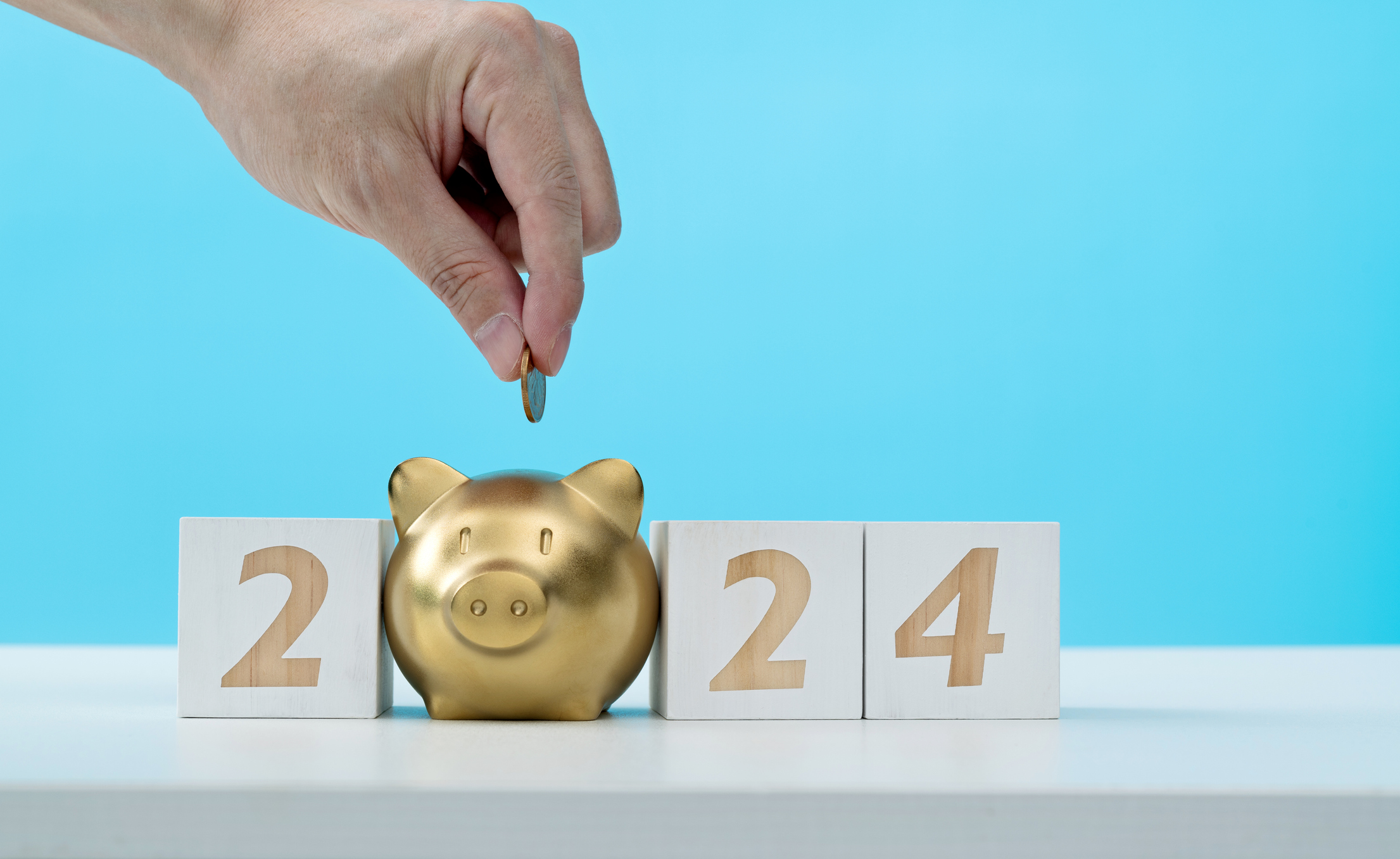

As the Federal Reserve hiked interest rates through 2022-2023, rates on high-yield savings accounts and CDs rose in tandem. But since the Federal Reserve began holding interest rates steady (which it did at a fifth consecutive meeting in March), savings rates have started to fall. If the Fed cuts interest rates later this year, as expected, savings rates will likely drop even further. As rates continue to go down, consider locking in rates while they're still high.
To combat inflation, the Federal Reserve hiked interest rates in an attempt to drive spending down, as consumers realized higher commercial interest rates on mortgages, credit card APRs and other loans. There was a silver lining, however — as the federal funds rate increased, interest rates on high-yield savings accounts and CDs did too, as is typical. Offering a high APY (annual percentage yield) on accounts is an effective way for banks to compete for customers and attract deposits.
But at its latest meeting, the Federal Reserve decided to once again keep the federal funds rate steady. This fifth consecutive pause in rate hikes means the federal funds rate, a key bank lending rate, will remain at a target range of 5.25% to 5.5%, the highest it’s been in 23 years.
In the official statement, The Federal Reserve stated: "The Committee does not expect it will be appropriate to reduce the target range until it has gained greater confidence that inflation is moving sustainably toward 2 percent."
However, the Federal Reserve maintains their projection that there will be three interest rate cuts in 2024, reducing the federal funds rate to a range of 4.5% to 4.75%.
Our new comparison tool — in partnership with Bankrate — will help you find the best rates available now.
How to find the best savings rates
Compare high yield rates online: Online banks typically offer more generous APYs on savings accounts, so banking online could help you get the best savings rate possible. So, changing from your traditional savings account at a brick-and-mortar bank to an online one might be a good option.
Avoid teaser rates and tiered interest rates: Teaser rates are promotional rates banks use to attract new customers, but these rates are typically short-lived. Tiered interest rates pay a different yield based on the balance in your account, but if you plan on using your savings at some point, opting for an account with a flat APY is likely a better choice.
Take into account any fees: While high-yield savings accounts do offer higher than average APY on deposits, some have strings attached. Some high-yield accounts will have fees or balance requirements that could potentially decrease their overall value, so it's important to consider this to find the best options.
Here are some of the best high yield savings accounts.
Poppy Bank: 5.50% APY; $1,000 minimum opening deposit
My Banking Direct: 5.35% APY; $500 minimum opening deposit
Ivy Bank: 5.30% APY; $2,500 minimum opening deposit
TAB Bank: 5.27% APY; $0 minimum opening deposit
UFB Direct: 5.25% APY; $0 minimum opening deposit
Newtek Bank: 5.25% APY; $0 minimum opening deposit
Related Content
Profit and prosper with the best of Kiplinger's advice on investing, taxes, retirement, personal finance and much more. Delivered daily. Enter your email in the box and click Sign Me Up.

Erin pairs personal experience with research and is passionate about sharing personal finance advice with others. Previously, she was a freelancer focusing on the credit card side of finance, but has branched out since then to cover other aspects of personal finance. Erin is well-versed in traditional media with reporting, interviewing and research, as well as using graphic design and video and audio storytelling to share with her readers.
-
 5 Types of Gifts the IRS Won’t Tax: Even If They’re Big
5 Types of Gifts the IRS Won’t Tax: Even If They’re BigGift Tax Several categories of gifts don’t count toward annual gift tax limits. Here's what you need to know.
-
 The 'Scrooge' Strategy: How to Turn Your Old Junk Into a Tax Deduction
The 'Scrooge' Strategy: How to Turn Your Old Junk Into a Tax DeductionTax Deductions We break down the IRS rules for non-cash charitable contributions. Plus, here's a handy checklist before you donate to charity this year.
-
 IRS Says You Made a Tax Return Mistake? A New Law Could Help You Fight Back
IRS Says You Made a Tax Return Mistake? A New Law Could Help You Fight BackTax Law Updated taxpayer protections change what the IRS must explain on error notices and how long you have to respond.
-
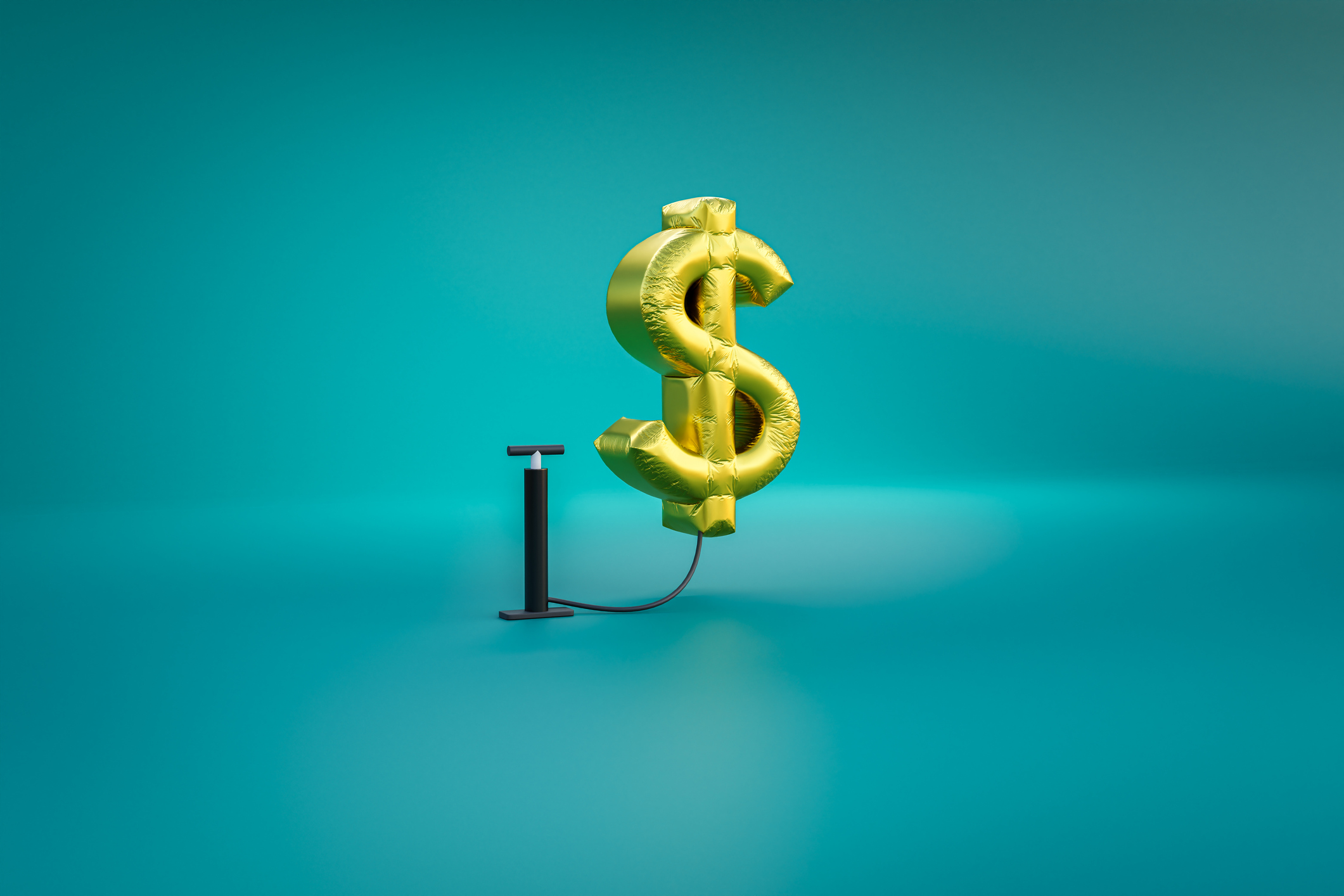 The Delayed September CPI Report is Out. Here's What it Signals for the Fed.
The Delayed September CPI Report is Out. Here's What it Signals for the Fed.The September CPI report showed that inflation remains tame – and all but confirms another rate cut from the Fed.
-
 Banks Are Sounding the Alarm About Stablecoins
Banks Are Sounding the Alarm About StablecoinsThe Kiplinger Letter The banking industry says stablecoins could have a negative impact on lending.
-
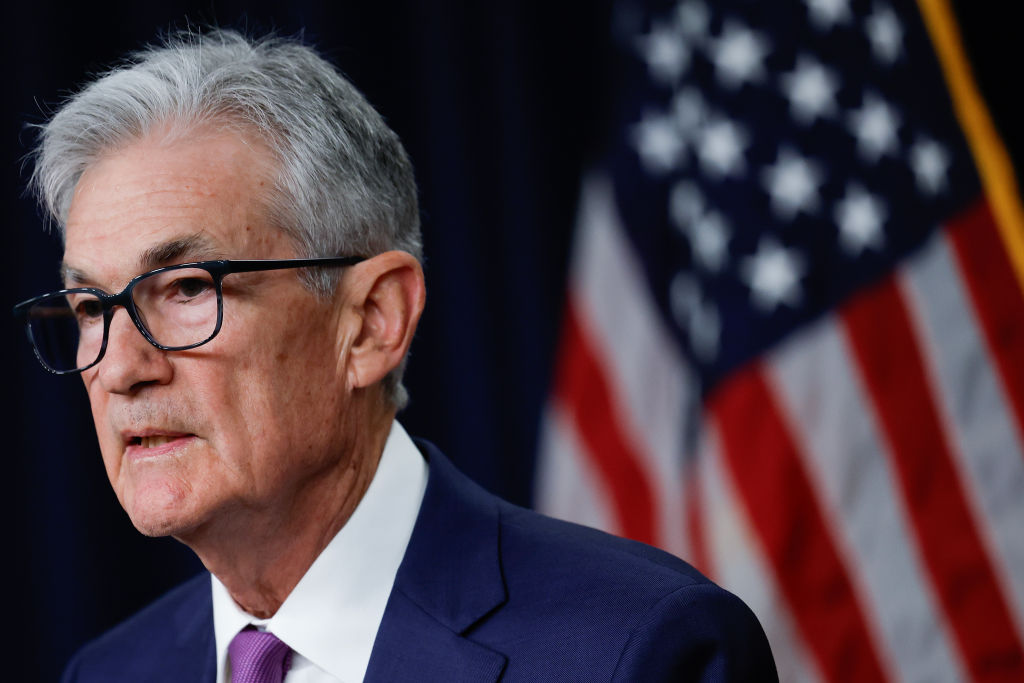 What Will the Fed Do at Its Next Meeting?
What Will the Fed Do at Its Next Meeting?The Federal Reserve is set to resume its rate-cutting cycle at the next Fed meeting.
-
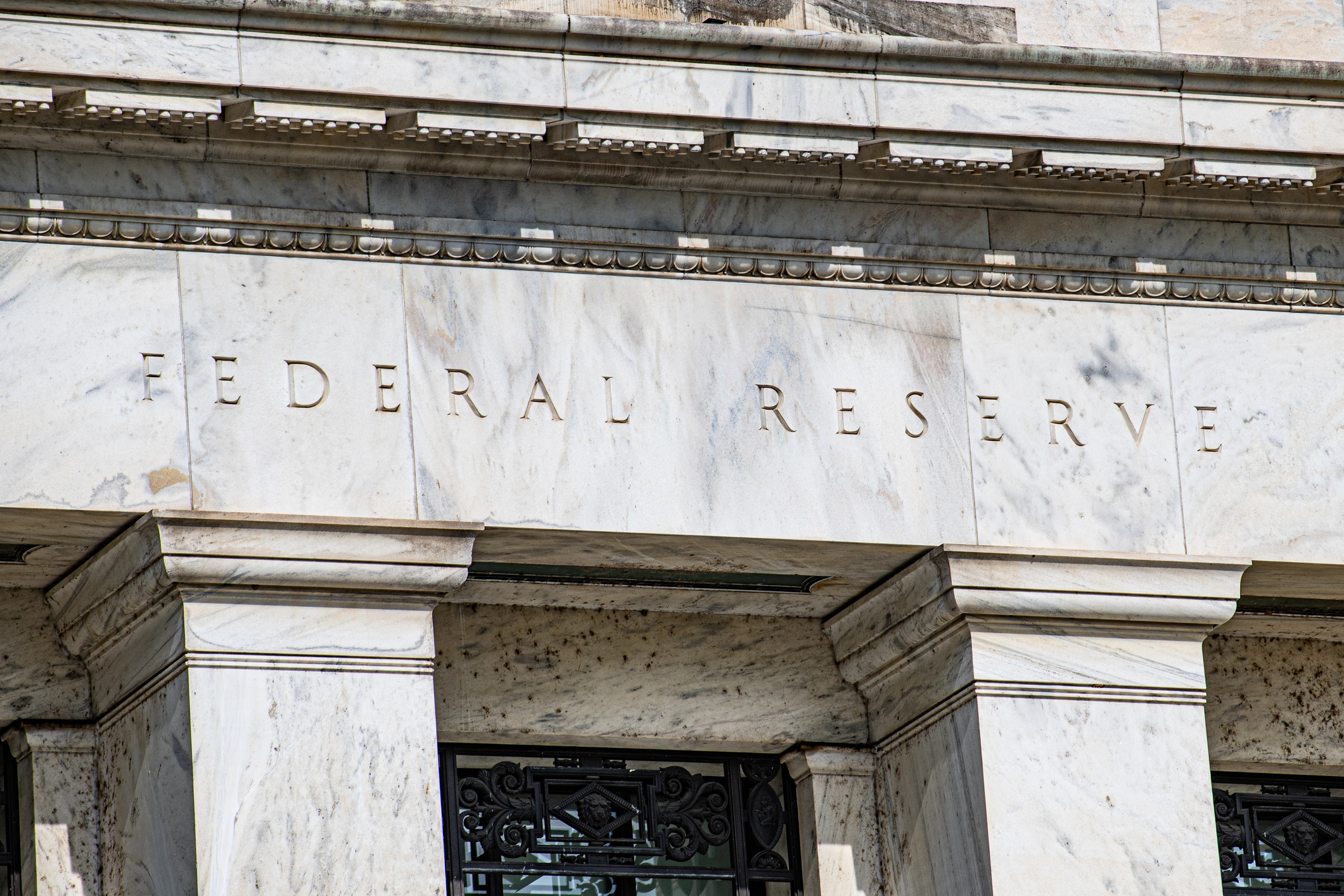 May Fed Meeting: Updates and Commentary
May Fed Meeting: Updates and CommentaryThe May Fed meeting came and went with little fanfare as Fed Chair Powell & Co. stuck to their data-dependent script toward interest rates amid tariff uncertainty. The May Fed meeting came and went with little fanfare as Fed Chair Powell & Co. stuck to their data-dependent script toward interest rates amid tariff uncertainty.
-
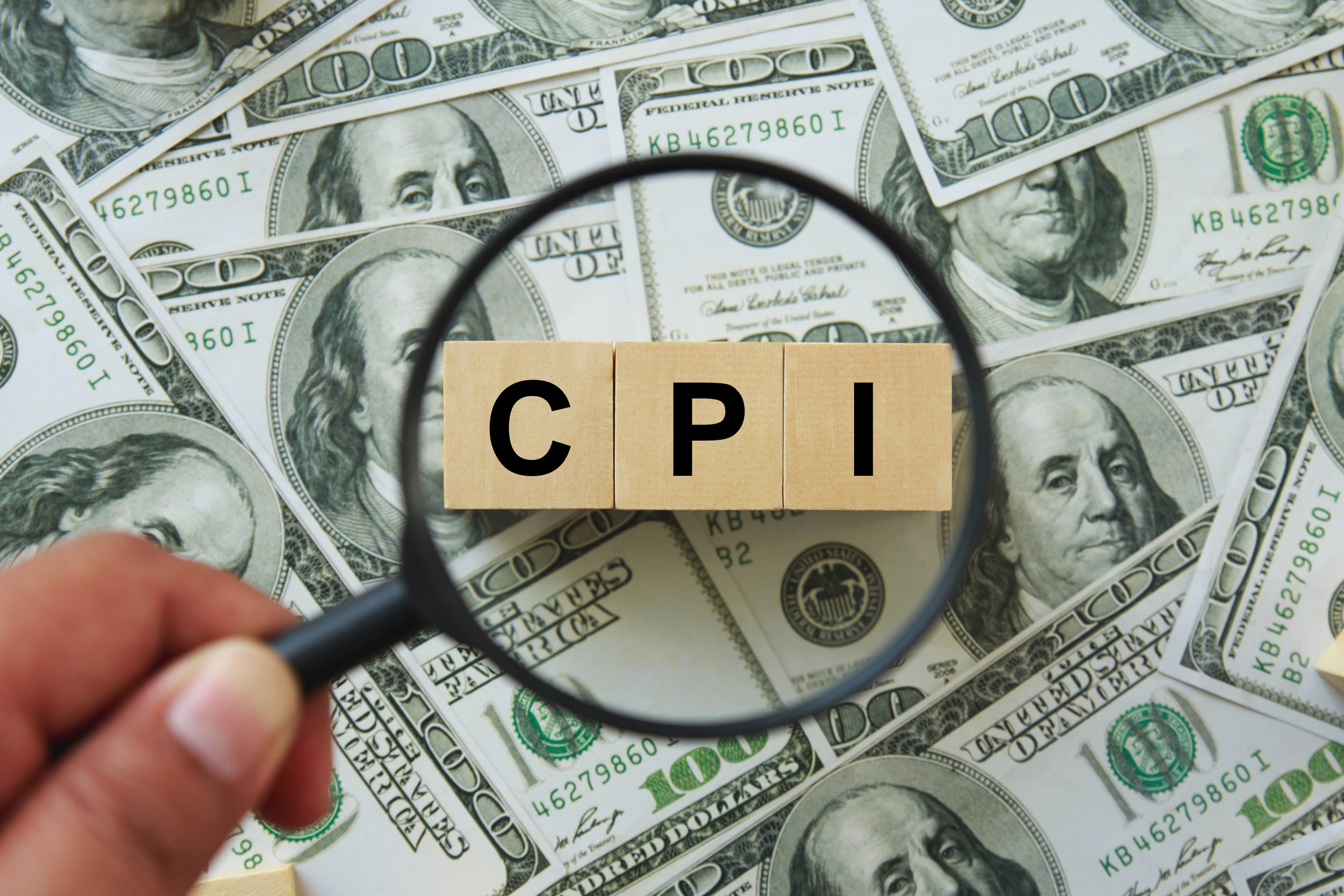 CPI Report Puts the Kibosh on Rate Cuts: What the Experts Are Saying About Inflation
CPI Report Puts the Kibosh on Rate Cuts: What the Experts Are Saying About InflationCPI Consumer price inflation reared its ugly head to start the year, dashing hopes for the Fed to lower borrowing costs anytime soon.
-
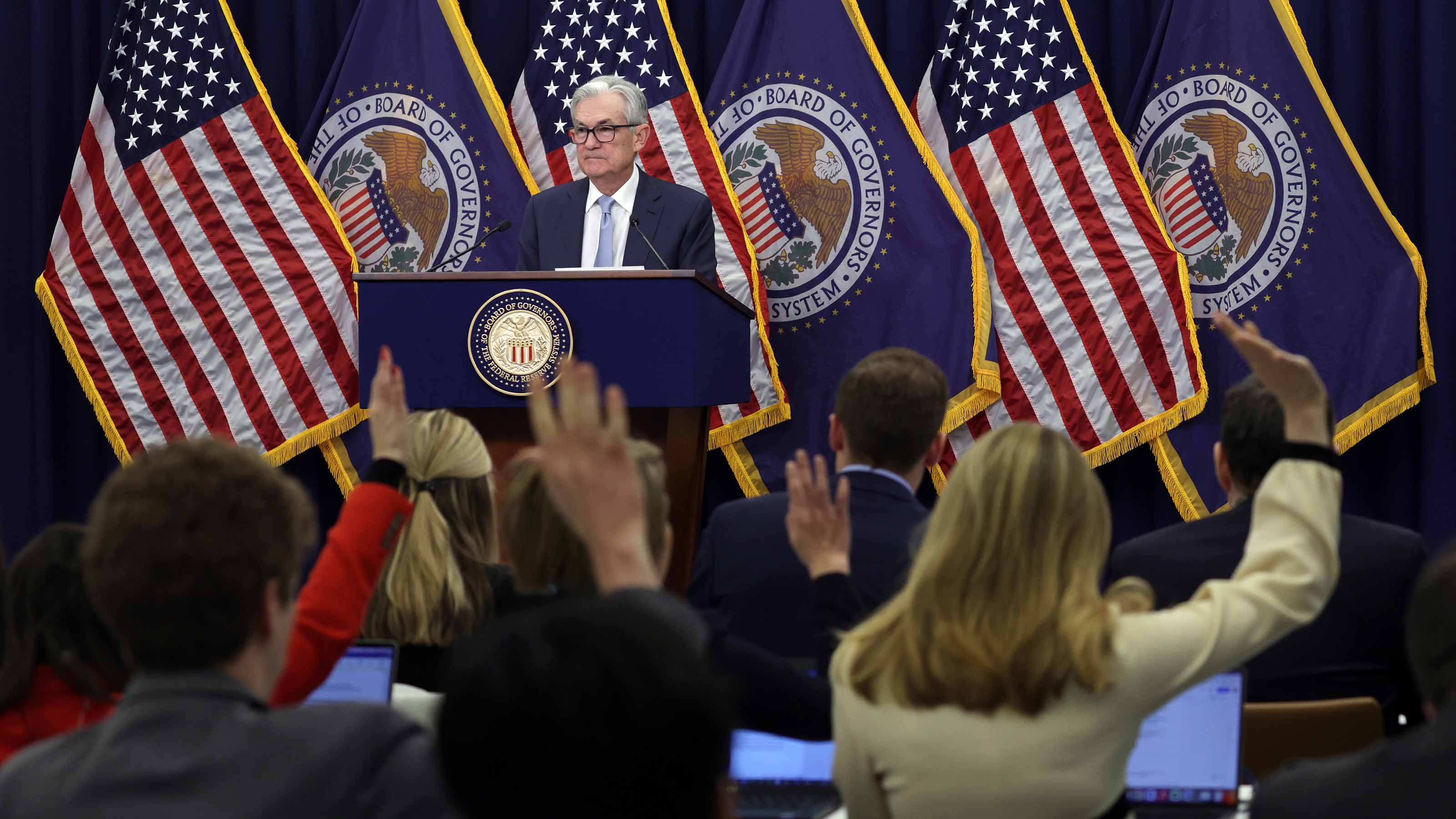 Fed Leaves Rates Unchanged: What the Experts Are Saying
Fed Leaves Rates Unchanged: What the Experts Are SayingFederal Reserve As widely expected, the Federal Open Market Committee took a 'wait-and-see' approach toward borrowing costs.
-
 CPI Report Keeps the Fed on Track: What the Experts Are Saying About Inflation
CPI Report Keeps the Fed on Track: What the Experts Are Saying About InflationCPI Disinflation in key areas of consumer prices should help the Federal Reserve stick to its policy path of gradual cuts to interest rates.
-
 Blowout December Jobs Report Puts Rate Cuts on Ice: What the Experts Are Saying
Blowout December Jobs Report Puts Rate Cuts on Ice: What the Experts Are SayingJobs Report The strongest surge in hiring since March keeps the Fed on hold for now.